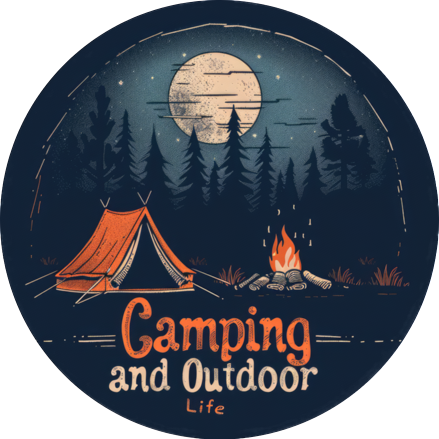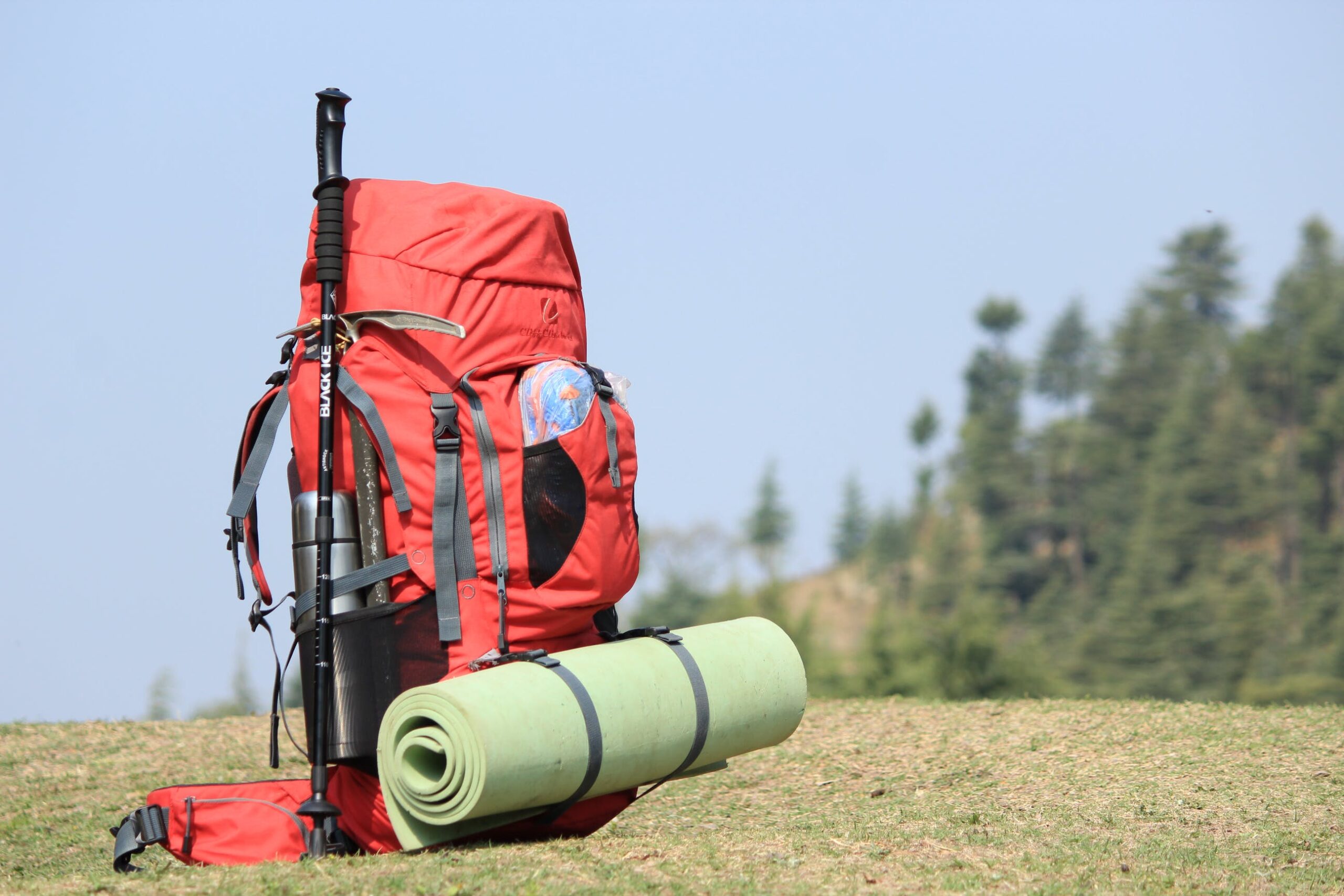
Whether you’re heading out on a hike for just a few hours or a whole weekend, there are a few essential items that you should have in your backpack. Depending on where you’re going, you may need a waterproof backpack, strong sun protection – and a compass or GPS if you’re leaving a trail.
In this article, we’ll take a look at our backpacking checklist for beginners to ensure you’re heading out with all the right gear.
• Consider the Climate for Clothing
Considering climate is particularly important if you’re hiking somewhere away from home. You won’t really be in tune with the climate a few hundred or thousand kilometres away like you would at home, so do your best to research what you need.
If the hiking trail you’re intending to go on is in an extremely dry location with little to no tree coverage, you’ll need plenty of sun protection, water, long sleeve clothing and more. However, if the hike is in a cold mountainous region, you should be sure to pack warmer clothes, something to start a fire and possibly gloves.
A few climate essentials include:
Waterproof Clothing
Long Sleeves
Wide Brim Hat
Gloves
Sunscreen
A Lot of Water
Rain Coat
It can sometimes be hard to know how and what to pack in a backpack, especially if you’re new to hiking, but with a guide to packing a backpack you’ll soon know exactly what to take with you.
• Appropriate Food
The types of food you bring with you on your hike will, again, depend on where you’re going and for how long. Trail bars, trail mix and dried foods are best for almost all hikes as they’re ‘durable’ and not likely to leak or melt. Though, if you’re on a multi-day hike then you’ll need to remember to pack dinners, breakfasts and something to cook with.
On top of your food list for a day trip should be:
Plenty of Trail Snacks 2L Water Bottle with a Filter
At Least 5L of Water Food for at Least Two Days – for one-day trips.
For Longer Trip – food for the hike’s full duration, plus an additional two days.
Keep an eye on the weather forecast for where you’re intending to hike as you might need more water. If there’s a heatwave or unexpected rise in temperature you’ll, of course, need plenty of water to offset this. A general rule of thumb is to drink 1 litre of water for every hour that you hike.
• Health and Hygiene Products
Another major category of hiking items includes hygiene and health products. If you need to take prescription medications, make sure they’re on the hike with you. Additionally, pain killers might be a good idea to bring with you also as these will help out with headaches or potential sore muscles or joints if you’re a first-time hiker.
Sunscreen, sunglasses and hats also fall into this category. No one enjoys being sunburnt and you’re going to use up more of your body’s fluids if you’re in the sun for long periods of time, or sunburnt.
Toilet Paper
Bug Spray
Sunscreen
Toothbrush
• Miscellaneous Tools and Essentials
Last but certainly not least come all of the tools and essentials that fall into their own categories. There are a few things you don’t want to be out on a hike without such as a GPS, flashlight, phone or knife.
Be sure to think over some easily-forgotten essentials and pack them in your bag. Again, they should be in tune with the location you’re hiking in.
Personal IDs
Torch
Knives
GPS
Camera and Smartphone
Additional Batteries

